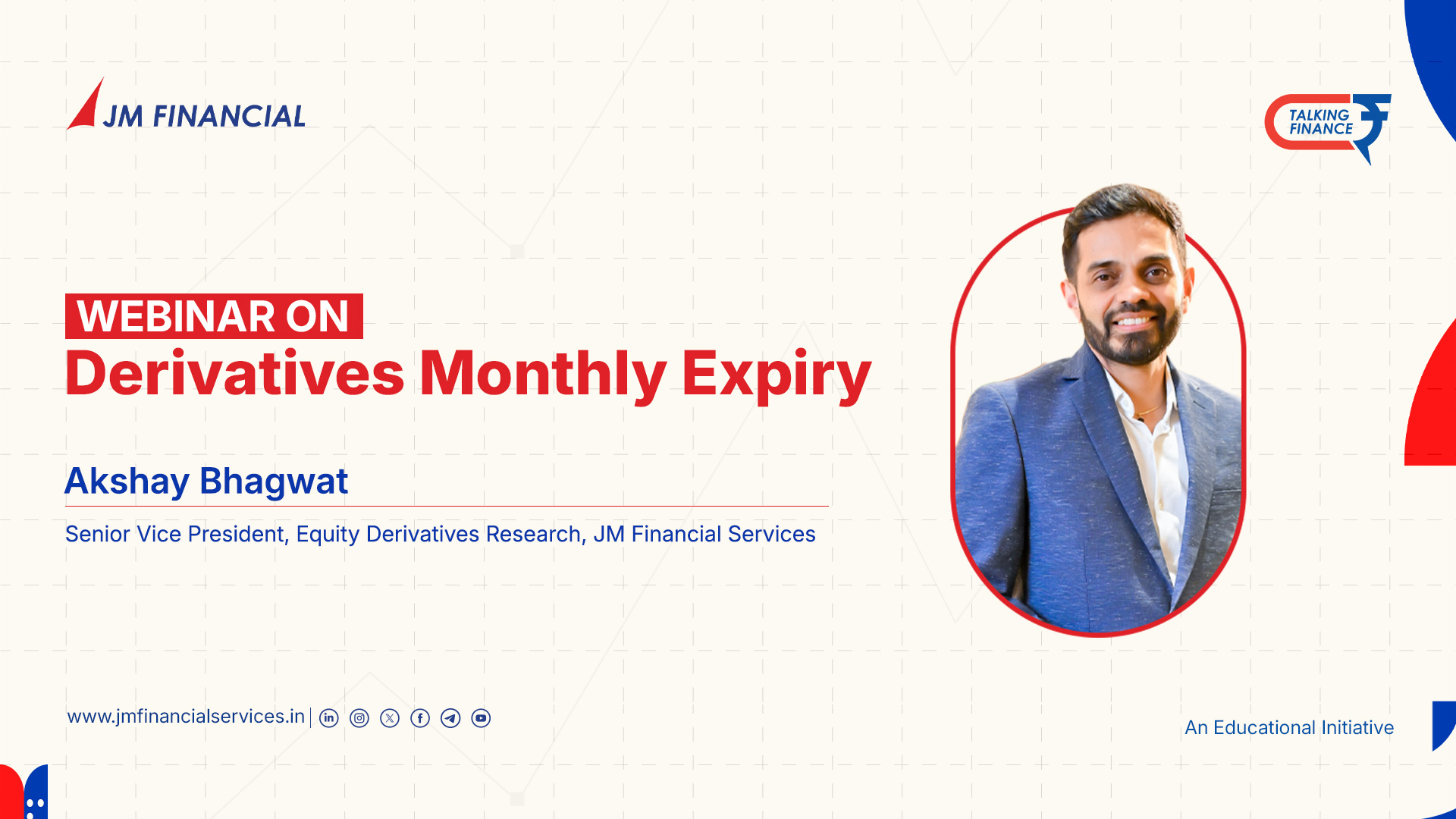Understanding Alternative Investment Funds
When most of us think about investing, the same names pop up—stocks, mutual funds, fixed deposits, maybe even real estate. But there’s a world beyond the “usual suspects,” and it’s tailored for investors who want more strategic, high-growth, or diversified opportunities. Enter Alternative Investment Funds, or simply, AIFs.
You may have heard this term tossed around by financial planners or in investor meetups. But what exactly are AIFs? How do they work? And more importantly—should you consider investing in them?
Let’s break it down, one step at a time, in everyday language.
📌 What Are Alternative Investment Funds (AIFs)?
Alternative Investment Funds are privately pooled investment vehicles. They gather money from investors to invest in areas that traditional instruments (like mutual funds) typically don’t tap into.
AIFs are regulated by SEBI (Securities and Exchange Board of India) and are designed for high-net-worth individuals (HNIs) or investors who understand the risks and rewards of going off the beaten path.
So, in simpler terms: AIFs are not your average investments. They go beyond public markets to tap into private equity, venture capital, real estate, hedge strategies, and even distressed assets.
Why Are They Called “Alternative”?
Because they offer an alternative to traditional investment products. Think of them as the boutique cafes of the investment world—carefully curated, risk-aware, and crafted to target niche opportunities.
AIFs are usually aimed at:
- Investors seeking diversification beyond stock and bond markets
- Those interested in higher returns (with higher risks)
- Investors with longer time horizons
Types of Alternative Investment Funds
SEBI classifies AIFs into three broad categories, each serving different investment styles and goals.
📁 Category I: Growth-Driven Funds
These include funds that aim to promote innovation and economic development. Examples:
- Venture Capital Funds
- Angel Funds
- Infrastructure Funds
- Social Venture Funds
These funds usually invest in startups, early-stage companies, and socially impactful businesses.
📁 Category II: No Leverage, No Speculation
These are plain-vanilla funds that don’t employ complex strategies like leverage or derivatives.
Examples:
- Private Equity Funds
- Debt Funds
Ideal for investors looking for mid-to-long-term gains with moderate risk.
📁 Category III: Hedge & Trading Strategies
These funds use diversified or complex trading strategies—often leveraging derivatives or arbitrage.
Examples:
- Hedge Funds
- Long-short Funds
These are suitable for seasoned investors who understand the nuances of market timing, liquidity, and risk.
Advantages Of Investing in AIFs?
✅ Diversification Beyond Public Markets
AIFs offer access to niche sectors and private companies that aren't listed on stock exchanges.
✅ Potential for Higher Returns
Since AIFs target high-growth startups or distressed assets, they often have higher return potential than traditional investments.
✅ Professional Management
These funds are managed by seasoned fund managers who bring deep sector knowledge and strong due diligence capabilities.
✅ Customization & Flexibility
Unlike mutual funds, AIFs may offer customized investment structures to match investor preferences.
Disadvantages Involved in AIFs :-
❗ High Entry Threshold
SEBI requires a minimum investment of ₹1 crore, which limits access to retail investors.
❗ Liquidity Constraints
Most AIFs have lock-in periods, and early exits may not be possible.
❗ Higher Costs
Management fees, performance fees, and operating charges can significantly eat into your returns.
❗ Lack of Transparency
Since these are privately managed, they often don’t publish detailed data like mutual funds do.
📊 Example: How AIFs Might Work
Let’s say an AIF raises ₹100 crore from 100 investors, each contributing ₹1 crore. The fund uses this pool to invest in:
- ₹30 crore in a real estate project
- ₹50 crore in mid-stage startups
- ₹20 crore in distressed company buyouts
Over a period of 7 years, the fund exits these investments and returns ₹180 crore in total, delivering an 18% annualised return. The fund managers deduct fees and distribute the rest among investors.
🧐 Who Should Consider AIFs?
AIFs aren’t for everyone. You should only consider them if:
- You have high disposable capital
- You're okay with long-term lock-ins
- You understand market cycles and non-liquid investments
- You want to diversify beyond traditional equity and debt
If you're a first-time investor, it’s best to consult a SEBI-registered advisor before taking the plunge.
✅ Regulatory Framework: What SEBI Says
- All AIFs must be registered with SEBI
- They must clearly disclose their investment strategy
- They can only raise funds through private placement
- Strict compliance and reporting norms are followed
📦 Final Thoughts: AIFs Are Like Private Clubs of Investing
Alternative Investment Funds offer a powerful tool for those looking to expand their investment universe. While they come with higher risks, the potential rewards and unique access they offer can be worth it—provided you do your homework.
In the world of investing, AIFs are not a shortcut, but they are a smart detour for those who know the map.
- PAN Card
- Cancelled Cheque
- Latest 6 month Bank Statement (Only for Derivatives Trading)





